Explain 3d printing
Home » » Explain 3d printingYour Explain 3d printing images are available in this site. Explain 3d printing are a topic that is being searched for and liked by netizens today. You can Download the Explain 3d printing files here. Download all free images.
If you’re searching for explain 3d printing images information connected with to the explain 3d printing topic, you have pay a visit to the right blog. Our website frequently provides you with suggestions for viewing the maximum quality video and picture content, please kindly hunt and locate more informative video articles and graphics that match your interests.
Explain 3d Printing. 3d printing is an additive process whereby layers of material are built up to create a 3d part. This is the opposite of subtractive manufacturing processes, where a final design is cut from a larger block of material. 3d printing has these qualities: 3d printing uses software that slices the 3d model into layers (0.01mm thick or less in most cases).
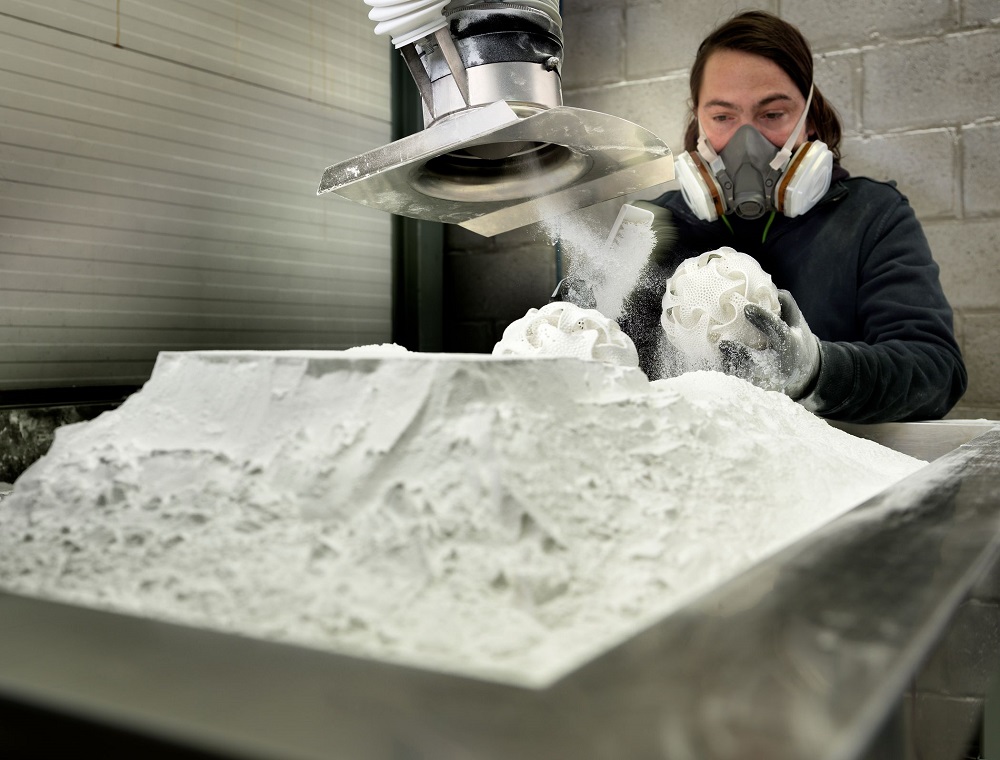 How 3D Printing in Polyamide (Nylon Plastic) Really Works From i.materialise.com
How 3D Printing in Polyamide (Nylon Plastic) Really Works From i.materialise.com
This is partly due to the price (the starting price. There are several types of 3d printing, which include: 3d printing or additive manufacturing is a process of making three dimensional solid objects from a digital file. Then, like building a house, the layers are added up to form an entity in. It prints one layer, waits for it to dry, and then prints the next layer on top. Each varies in the way they form plastic and metal parts and can differ in material selection, surface finish, durability, and manufacturing speed and cost.
3d printing is also known as additive manufacturing, therefore the numerous available 3d printing process tend to be additive in nature with a few key differences in the technologies and the materials used in this process.
It prints one layer, waits for it to dry, and then prints the next layer on top. The creation of a 3d printed object is achieved using additive processes. With the ability to evaluate and improve prototypes repeatedly until you’re completely satisfied, rapid prototyping lowers the chance of errors in the part before starting an expensive. Each layer is then traced onto the build plate by the printer, once the pattern is completed, the build plate is lowered and the next layer is added on top of the previous one. Each varies in the way they form plastic and metal parts and can differ in material selection, surface finish, durability, and manufacturing speed and cost. In an additive process an object is created by laying down successive layers of.
 Source: adafruit.com
Source: adafruit.com
3d printing or additive manufacturing is a process of making three dimensional solid objects from a digital file. 3d printing is an additive process whereby layers of material are built up to create a 3d part. 3d printing is also known as additive manufacturing, therefore the numerous available 3d printing process tend to be additive in nature with a few key differences in the technologies and the materials used in this process. Using cad software and a 3d printer, new prototypes can be printed, reviewed and improved on multiple times per day. How does 3d printing work?
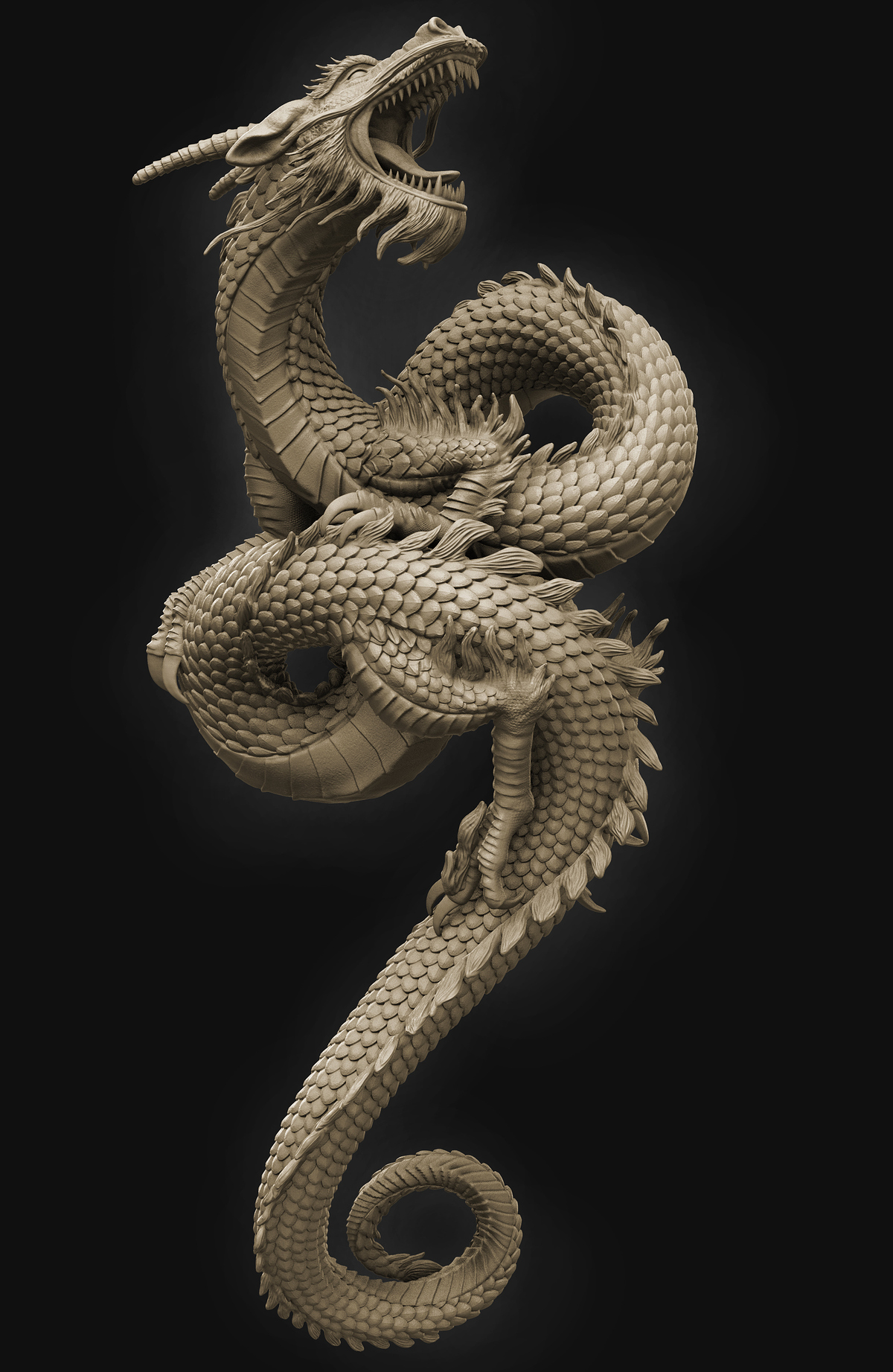 Source: zbrushcentral.com
Source: zbrushcentral.com
It prints one layer, waits for it to dry, and then prints the next layer on top. In this beginner’s guide to 3d printing, we’ll explain what exactly 3d printing is, how it works, how to 3d print, the best materials for beginners, and what you need to get started. * is similar to trying to make an object using a toothpaste tube and your right and left hand. Every object printed on a 3d printer starts with a 3d model. There are several types of 3d printing, which include:
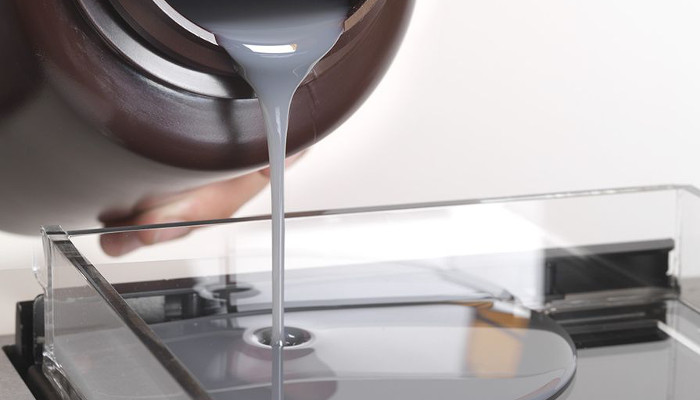 Source: 3dnatives.com
Source: 3dnatives.com
3d printing using flexible filaments that mimic rubber proves just how versatile the industry has become. Further advances and uses are being developed in the healthcare sector providing some of the biggest advances from using the technology. 3d printing is a new type of manufacturing and processing technology. Visually speaking, ordinary printers print graphics and text on 2d paper with ink, while 3d printers convert raw materials (such as metals, ceramics, plastics, etc.) into thin layers by heating, light, laser, etc. * is similar to trying to make an object using a toothpaste tube and your right and left hand.
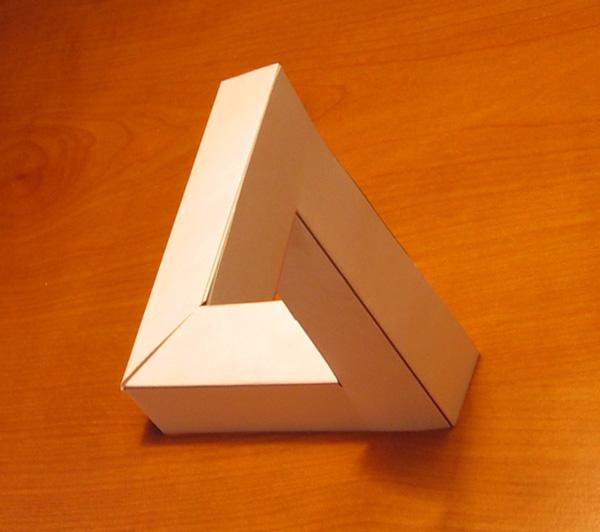 Source: 3dprint.com
Source: 3dprint.com
3d printing is being used in the medical sector to help save lives by printing organs for the human body such as livers, kidneys and hearts. 3d printing, also referred to as additive manufacturing simply means the process of making 3d print models using 3d printing devices. Using cad software and a 3d printer, new prototypes can be printed, reviewed and improved on multiple times per day. In an additive process an object is created by laying down successive layers of. Fused deposition modeling (the process used by stratasys, makerbot, reprap and most of the desktop systems):
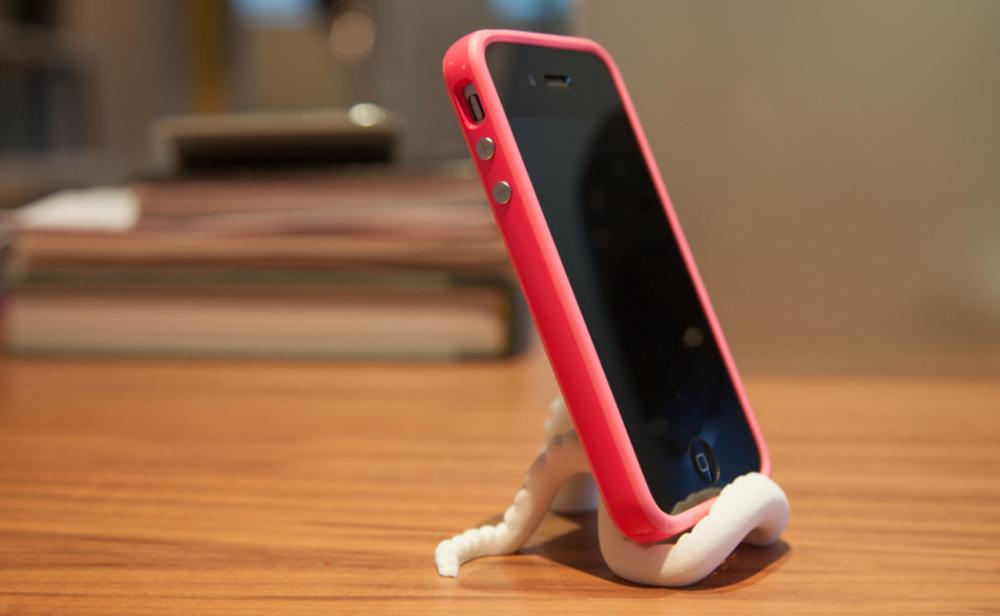 Source: 3dprint.com
Source: 3dprint.com
For methods of transferring an image onto a 3d surface, see pad printing. 3d printing is being used in the medical sector to help save lives by printing organs for the human body such as livers, kidneys and hearts. Fused deposition modeling (the process used by stratasys, makerbot, reprap and most of the desktop systems): Then, like building a house, the layers are added up to form an entity in. What’s 3d printing good for?
 Source: pinshape.com
Source: pinshape.com
3d printing has these qualities: Fused deposition modeling (the process used by stratasys, makerbot, reprap and most of the desktop systems): Objects are created by adding or depositing layers of material, not subtracting or cutting out pieces from a block of material. There are several types of 3d printing, which include: 3d printing using flexible filaments that mimic rubber proves just how versatile the industry has become.
 Source: i.materialise.com
Source: i.materialise.com
The world of digital design has created some spectacular images and virtual objects. This is the opposite of subtractive manufacturing processes, where a final design is cut from a larger block of material. What’s 3d printing good for? Printing custom doorstops, bookends, and corner buffers allow users to design a product specific to their need. Every object printed on a 3d printer starts with a 3d model.
This site is an open community for users to share their favorite wallpapers on the internet, all images or pictures in this website are for personal wallpaper use only, it is stricly prohibited to use this wallpaper for commercial purposes, if you are the author and find this image is shared without your permission, please kindly raise a DMCA report to Us.
If you find this site good, please support us by sharing this posts to your favorite social media accounts like Facebook, Instagram and so on or you can also bookmark this blog page with the title explain 3d printing by using Ctrl + D for devices a laptop with a Windows operating system or Command + D for laptops with an Apple operating system. If you use a smartphone, you can also use the drawer menu of the browser you are using. Whether it’s a Windows, Mac, iOS or Android operating system, you will still be able to bookmark this website.